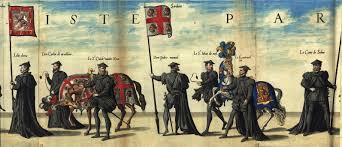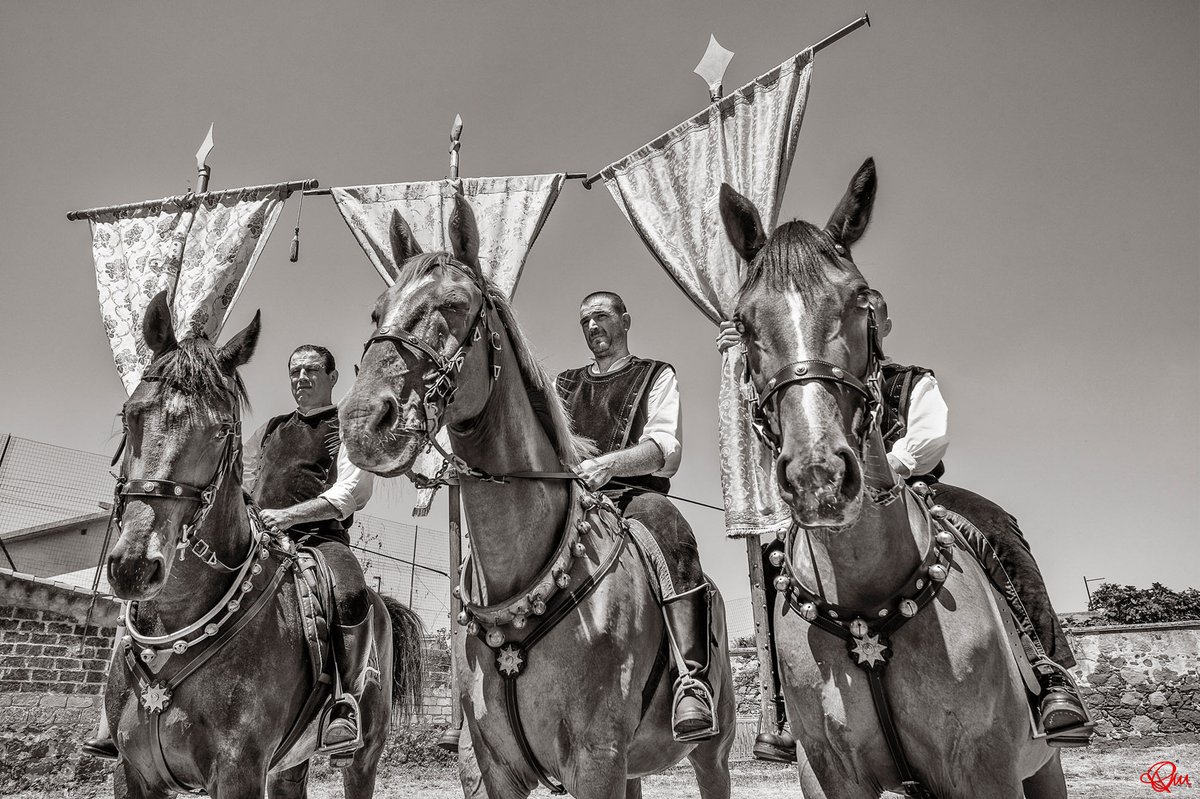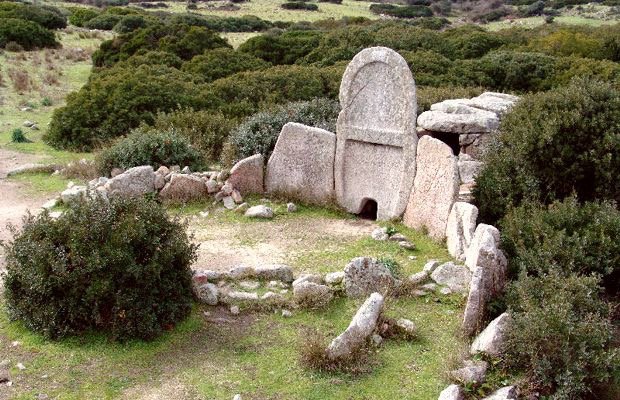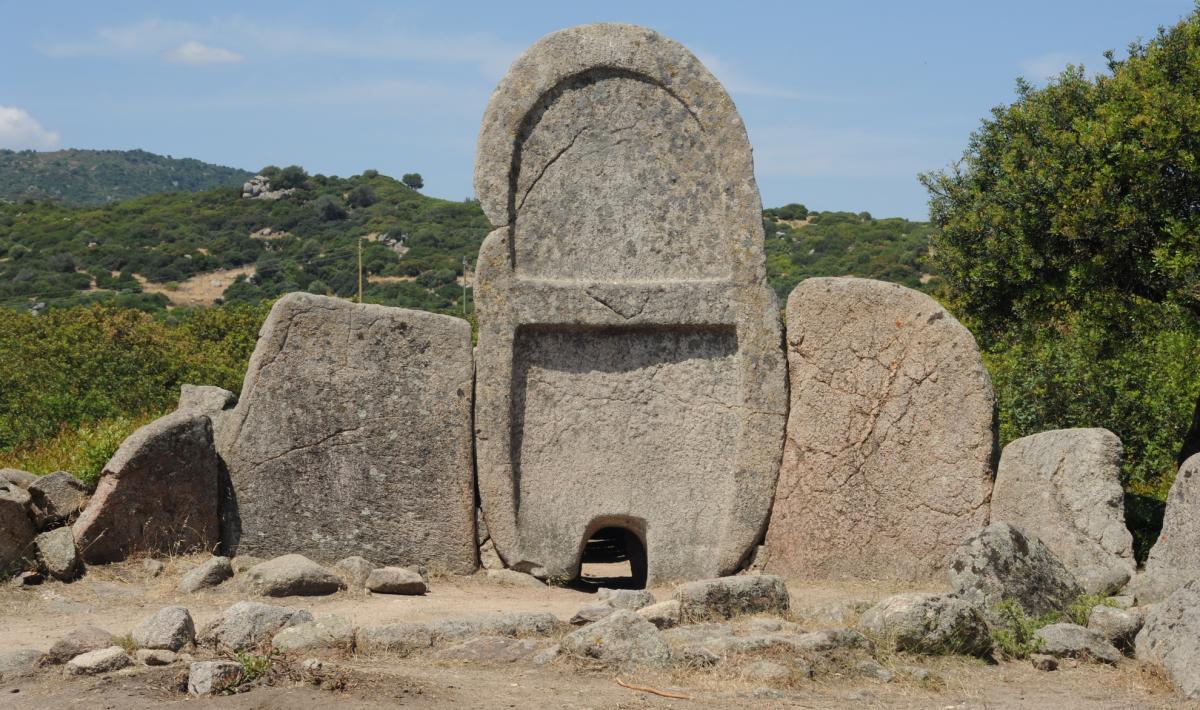
Not my mother insisting on reading my social contacts at the end of the book and me quickly changing page... 🙈🙈 There's a reason why I use fake names 🤣🤣
And she wants to read it too 🙈🙈 That's why I write in English 🤣
Follow-up from my father: but where is your name, where is it written it's yours? 😆
I suppose I won't bring fame to the family name just so plainly 🤣🤣
I suppose I won't bring fame to the family name just so plainly 🤣🤣
From the series "how my parents took the news that I published a book", from today I'll change my name to "Doctor Watson, o comente si tzerriara" ("Doctor Watson, or how she's called", in Sardinian) 🤣
• • •
Missing some Tweet in this thread? You can try to
force a refresh
















